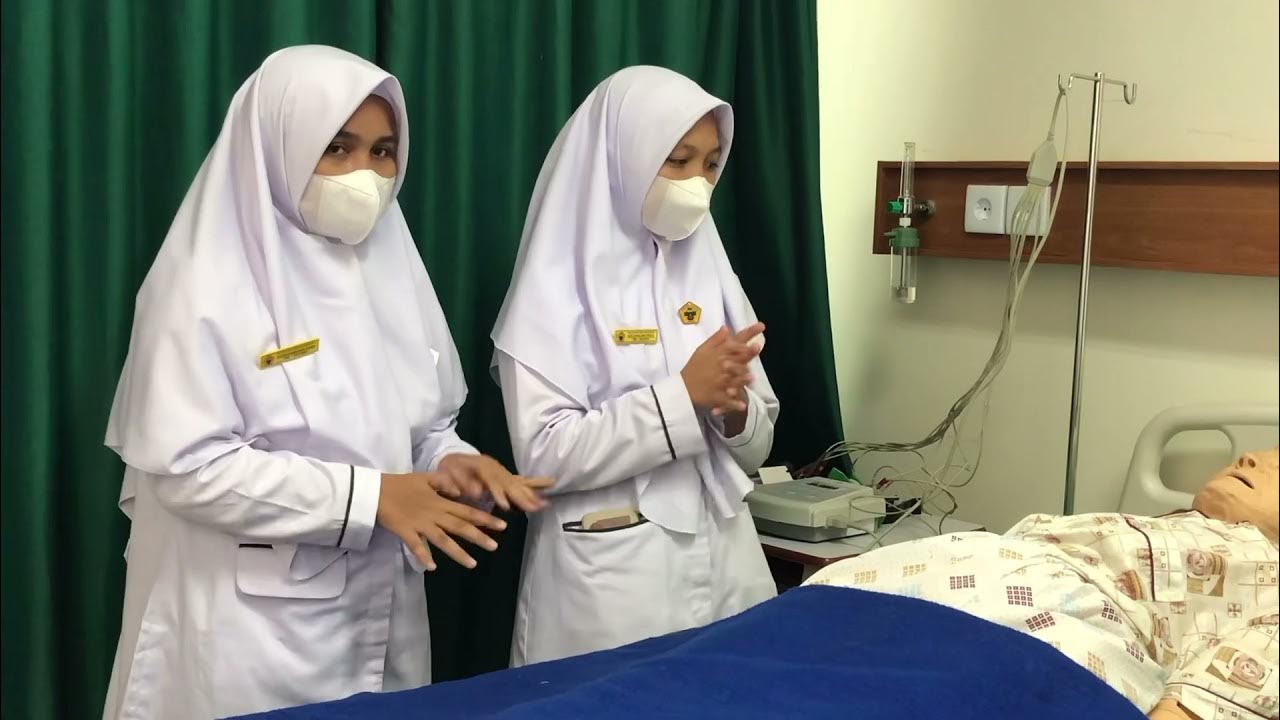2
Summary
TLDRThis script outlines a medical examination involving auscultation of the thorax, performed indirectly with a stethoscope. The doctor listens to normal vesicular breathing sounds in both the left and right lung fields, in both supine and sitting positions. Additionally, tracheal breath sounds are heard in the suprasternal and tracheal areas, while bronchovesicular sounds are detected over the interscapular region and above the clavicles.
Takeaways
- 🔍 The script describes a thoracic auscultation procedure, which is a medical examination.
- 👂 Auscultation is performed indirectly using a stethoscope to listen to sounds within the body.
- 🗣️ The script provides examples of normal and abnormal breathing sounds.
- 🫁 The doctor listens for vesicular sounds in both the left and right lung fields, in both supine and sitting positions.
- 🌪️ Tracheal sounds are heard in the suprasternal and tracheal areas.
- 🌬️ Bronchovesicular sounds are heard in the interscaphoid and above the clavicular areas.
- 👨⚕️ The examination is conducted by a doctor who interprets the sounds heard.
- 📍 The script specifies different positions and areas where sounds are auscultated.
- 🔊 The distinction between vesicular, tracheal, and bronchovesicular sounds is highlighted.
- 📝 The script serves as an educational example of how to perform and interpret thoracic auscultation.
- 🙏 The script ends with a thank you, indicating the conclusion of the demonstration or examination.
Q & A
What is auscultation in the context of thoracic examination?
-Auscultation is a method of listening to the sounds of the lungs and airways using a stethoscope to assess respiratory health.
What is indirect auscultation?
-Indirect auscultation involves listening to body sounds, such as lung sounds, using a stethoscope, rather than directly placing the ear on the body.
What are normal respiratory sounds called?
-Normal respiratory sounds are referred to as 'vesicular breath sounds.' These are soft, low-pitched sounds heard over most lung fields.
Where are vesicular breath sounds typically heard?
-Vesicular breath sounds are heard over both lung fields, including the left and right lungs, when the patient is in sitting or lying positions.
What are tracheal breath sounds and where are they heard?
-Tracheal breath sounds are loud, high-pitched sounds heard over the trachea and suprasternal region, representing airflow in large airways.
What are bronchovesicular breath sounds and where are they heard?
-Bronchovesicular breath sounds are intermediate in pitch and intensity, heard over the interscapular area and near the upper sternum, indicating airflow in medium-sized bronchi.
What is the purpose of using different stethoscope positions during auscultation?
-Different stethoscope positions help identify the location and quality of specific respiratory sounds, allowing doctors to assess both normal and abnormal lung function.
What abnormalities can be detected using auscultation?
-Auscultation can detect abnormal breath sounds, such as wheezing, crackles, or decreased breath sounds, which may indicate respiratory conditions like asthma, pneumonia, or pleural effusion.
Why is it important to check breath sounds in both sitting and lying positions?
-Checking breath sounds in both positions helps doctors compare lung function and detect changes in airflow, which may be more pronounced in one position than another.
What type of sound is expected in a healthy individual's interscapular region?
-In a healthy individual, bronchovesicular breath sounds are expected in the interscapular region, indicating normal airflow through the medium-sized bronchi.
Outlines

Esta sección está disponible solo para usuarios con suscripción. Por favor, mejora tu plan para acceder a esta parte.
Mejorar ahoraMindmap

Esta sección está disponible solo para usuarios con suscripción. Por favor, mejora tu plan para acceder a esta parte.
Mejorar ahoraKeywords

Esta sección está disponible solo para usuarios con suscripción. Por favor, mejora tu plan para acceder a esta parte.
Mejorar ahoraHighlights

Esta sección está disponible solo para usuarios con suscripción. Por favor, mejora tu plan para acceder a esta parte.
Mejorar ahoraTranscripts

Esta sección está disponible solo para usuarios con suscripción. Por favor, mejora tu plan para acceder a esta parte.
Mejorar ahora5.0 / 5 (0 votes)






